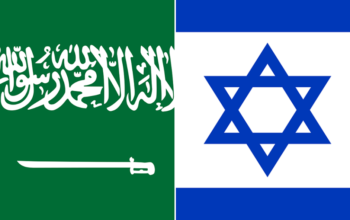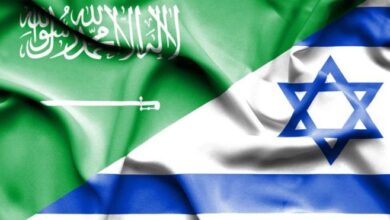Due to Bin Salman Policies KSA suffered losses exceeding one trillion riyals

Crown Prince Mohammed bin Salman failed to provide a stronger economic situation in the Kingdom of Saudi Arabia and his policies led to more than a trillion riyals in losses.
And the Saudi regime admitted, in the words of the Finance Minister, Muhammad Al-Jadaan, that hundreds of billions of reserve assets have evaporated in the Kingdom since King Salman bin Abdulaziz and his son Muhammad took power.
The Kingdom’s reserve assets fell by 873 billion riyals since King Salman came to power until the end of last year 2019, according to a number of official reports issued by the Saudi Arabian Monetary Agency (SAMA).
At this pace of decline in the Saudi reserves, if, if the first quarter of 2020 is added, more than one trillion riyals (i.e. one billion riyals) will be depleted from the reserves, which is equivalent to 266 billion US dollars, which is an astronomical amount equivalent to the full budget of a country Such as Lebanon, Jordan, or Tunisia for more than 20 consecutive years.
This reveals the huge and terrifying costs of the Saud regime’s war on Yemen, as Al-Jadaan tried to justify the matter of the Coronavirus pandemic and the collapse of oil prices.
Whereas the decline in oil and the spread of Coronavirus appeared at the end of last March, that is, less than two months ago from now, the decline in Saudi reserve assets began more than five years ago, that is, since King Salman came to power, and since the outbreak of the war Bloody in Yemen.
Al-Jadaan said that during the past four or five years, the Saudi government was forced to use more than one trillion riyals of reserve assets for the Kingdom, in order to overcome the budget deficit.
Experts point out that the war in Yemen alone costs Saudi Arabia $5 billion a month, and economists add that a large part of the Kingdom’s economic losses are due to failed investments that Riyadh has been involved in in recent years.
And a report of the International Monetary Fund – issued recently – had indicated that “if the price of oil continues at the level of $20 a barrel, the Gulf will become poor by the year 2027, and even if it rises to $30, the matter in the region is alarming.”
Meanwhile, Goldman Sachs Corporation warned that any devaluation of the Saudi currency, the riyal, would have a heavy cost for the kingdom.
The corporation pointed out that the best option to cope with the oil price shock is through the adoption of financial reforms.
Farouk Sousse, the foundation’s economic expert, was quoted by Bloomberg News as saying, “in contrast to the devaluation of the currency, adjusting fiscal policy can shift the burden of adjustment to those who are more able to afford it, through, for example, taxing goods Luxury.”
He explained that “this does not mean that there will be no economic or social political cost, but rather that we believe that this cost will be less than it would be in the event of a devaluation.”
It is worth noting that the kingdom pegs its currency to the dollar and moves according to the US Federal Reserve’s decisions.
Although Goldman saw that this policy “has been of great benefit to the Saudi economy over the years,” it pointed out that it has become questionable in periods of low oil prices.
On Friday, Moody’s credit rating agency lowered the future outlook for Saudi Arabia from “stable” to “negative”, saying that the collapse of oil prices had increased the financial risks to the Gulf country.





